She Is Losing a Pound a Week with These 9 Hacks
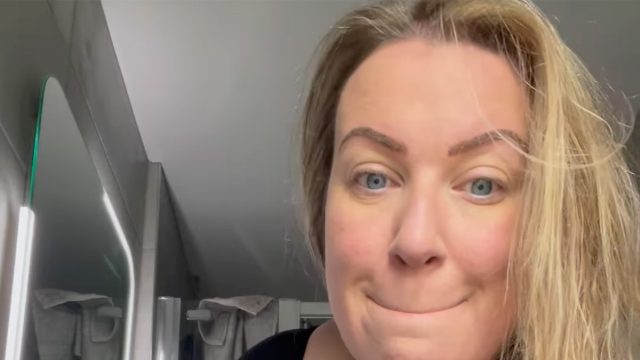
Do you want to drop a lot of weight this year? Katie Rees is a social media influencer who is documenting her weight loss journey on Instagram. In a recent post, she reveals all of the habits she is focusing on to achieve her weight loss goals this year. "Here's everything my personal trainer has told me to do to lose 40 pounds of weight naturally in 2025," she writes.
Wear a Weighted Vest and Ankle Weights
The first tip, courtesy of Katie's personal trainer? Weighted vest movement and ankle weights. "I'm using mine to clean my house," she says, "but you can use it to walk in. Buy heavy and remove the weights to start at an easy weight, then increase."
Walking 10,000 Steps Per Day
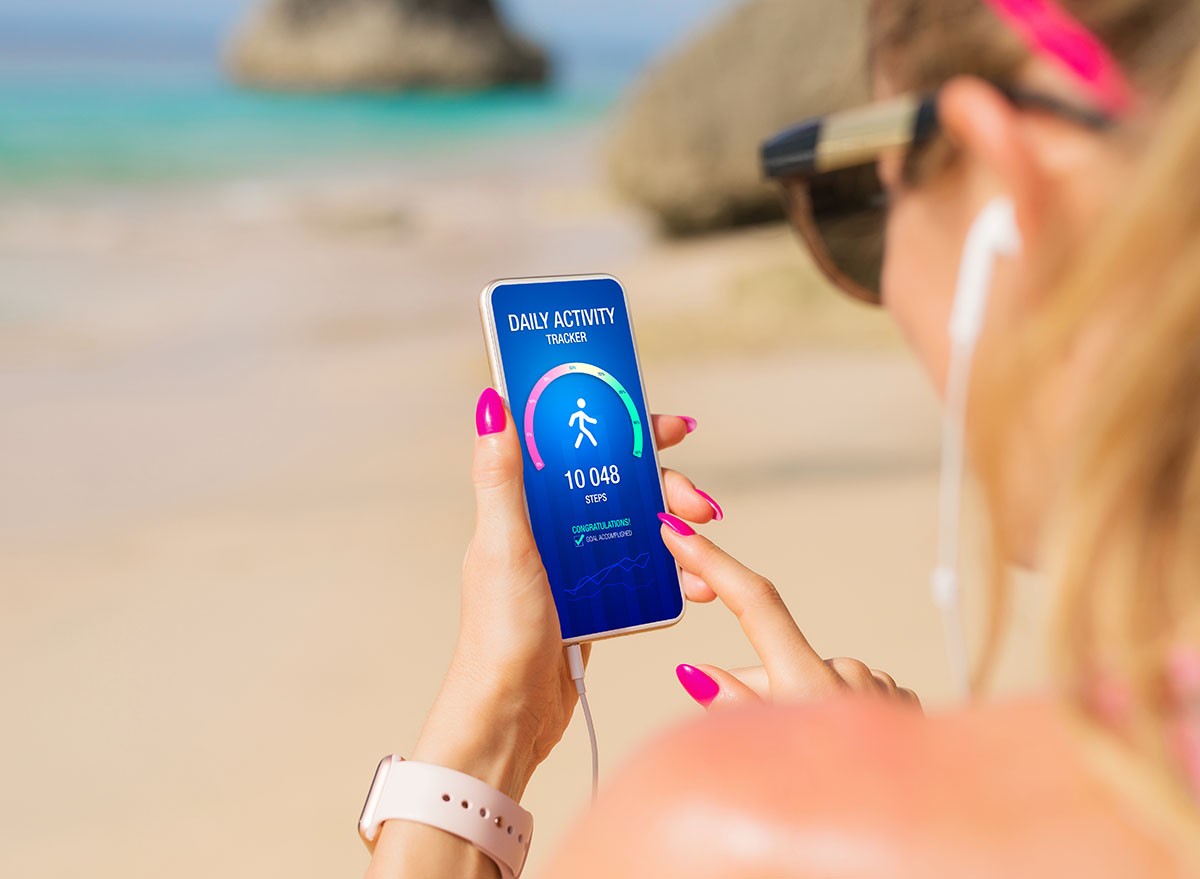
Next, make sure to get your steps in. "10,000 steps minimum daily and use a step tracker to count it so you're accurate," says Katie. A 2018 study published in the journal Obesity found a link between walking 10,000 steps a day and weight loss and weight management. Other studies published by the Journal of American Medical Association (JAMA) in JAMA Neurology and in JAMA Internal Medicine also linked walking 10,000 steps a day to less dementia and less cardiovascular disease overall, with less heart disease, less heart failure, and fewer strokes.
Macro Tracking Over Calorie Counting
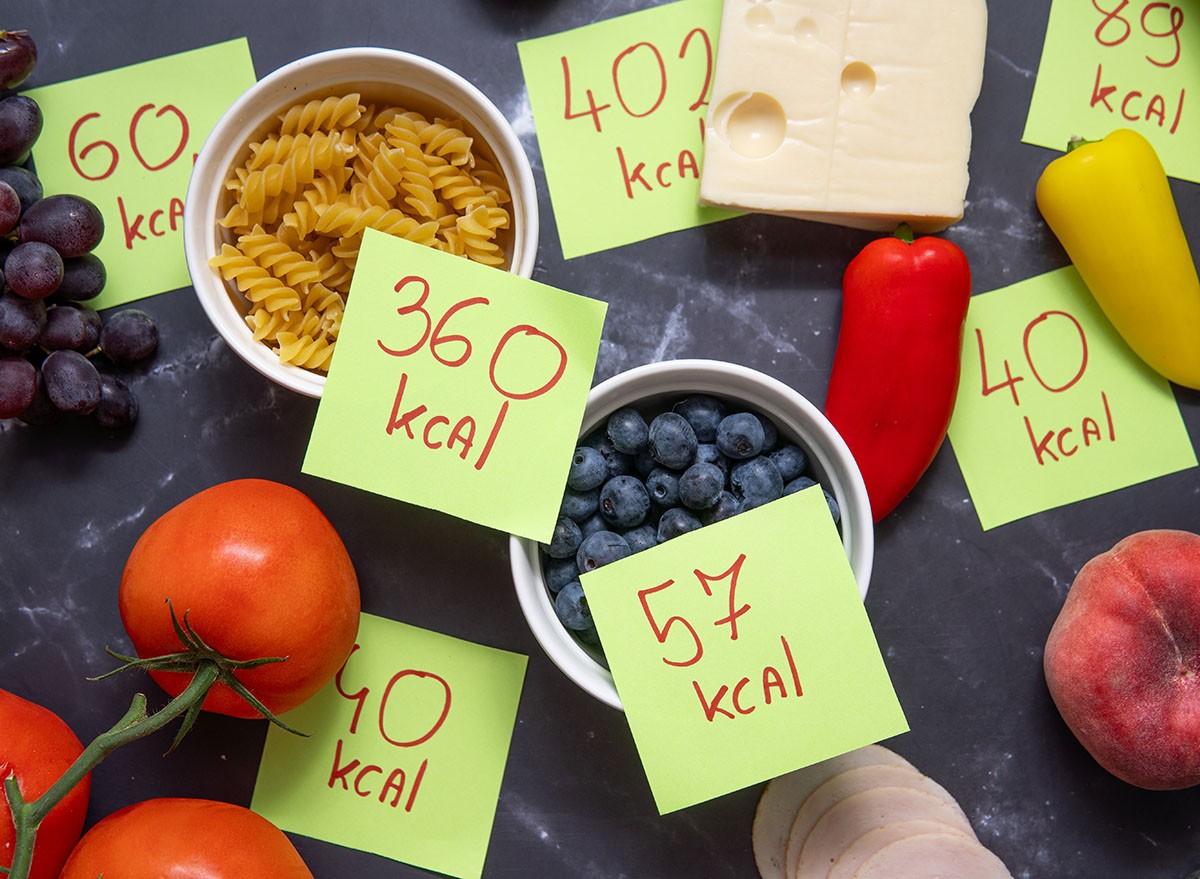
Regarding nutrition, her trainer has specific guidance to "monitor macros over calories and focus on protein and nutritional quality of food," Katie says. "Protein is your nutritional superhero. No processed rubbish." According to clinical trials, consuming more protein than the recommended dietary allowance not only reduces body weight (BW), but also enhances body composition by decreasing fat mass while preserving fat-free mass (FFM) in both low-calorie and standard-calorie diets.
Hydrate
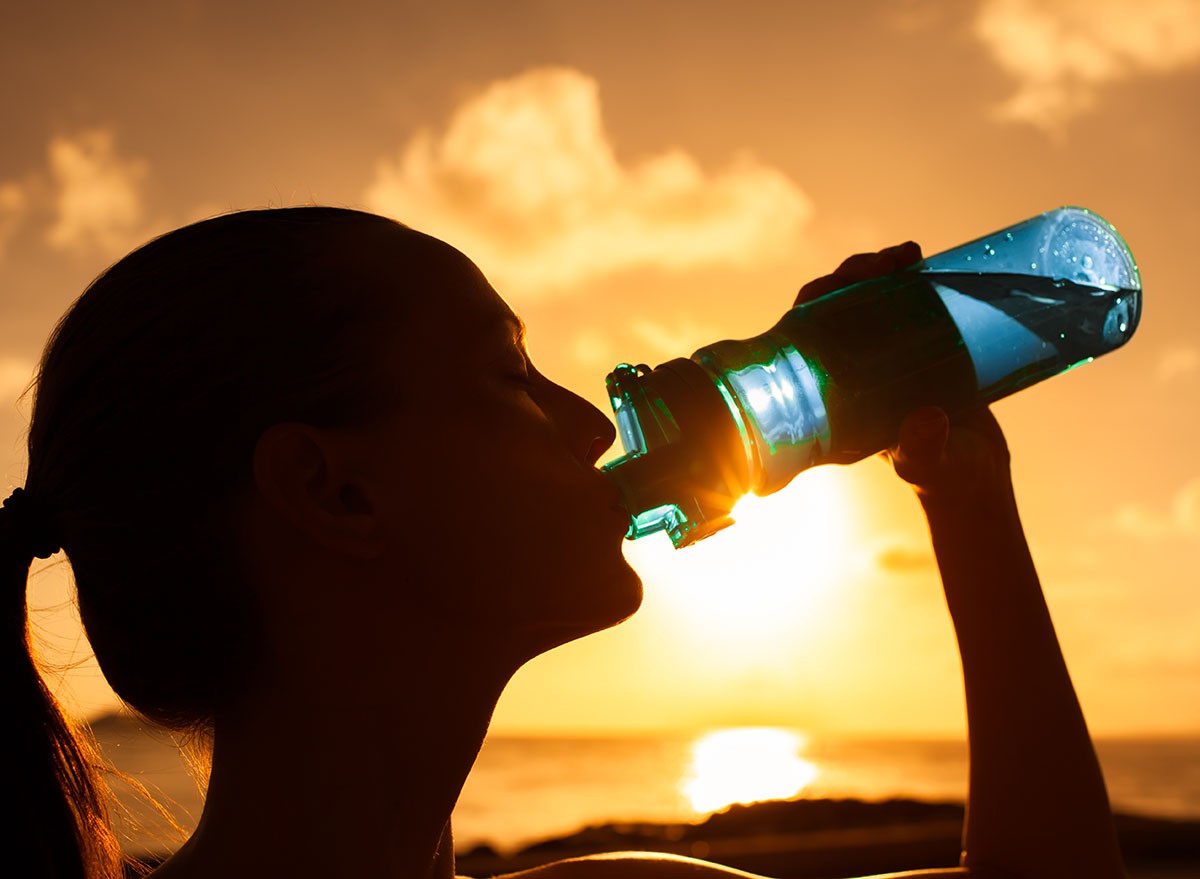
Hydration is also key if you want to lose weight. Katie's trainer recommends 3 liters of water daily "with electrolytes in the morning," she says. According to the Mayo Clinic, hydration is essential for various reasons. Water helps eliminate waste through urination, perspiration, and bowel movements, keeps your temperature regular, lubricates and cushions joints, and helps protect sensitive tissues.
RELATED: 12-3-30 Walking Method: 20 Proven Tips to Lose Weight Faster
Strength Training
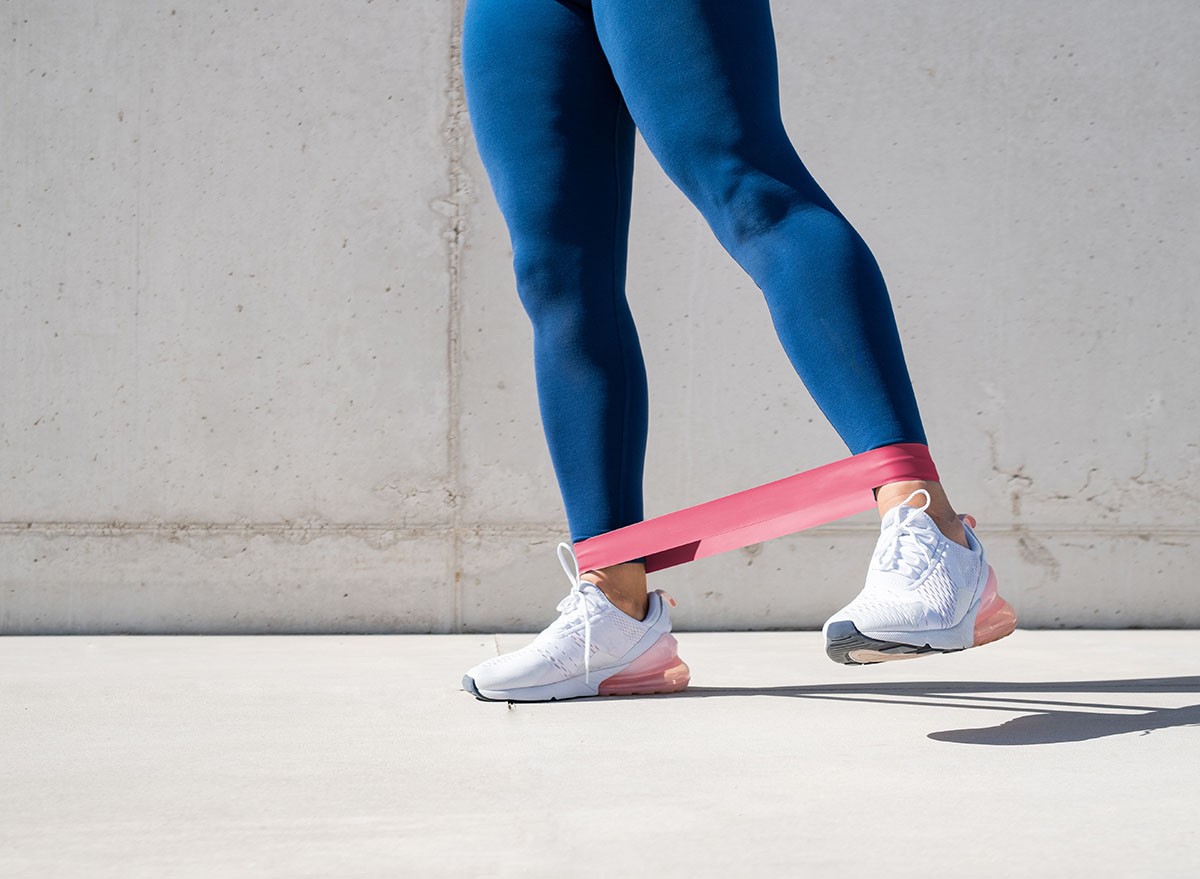
Strength training is also essential to build lean muscle and burn fat. "3 resistance workouts a week in addition to the daily steps," Katie says. According to the Mayo Clinic, strength and weight training help reduce body fat, preserve and increase lean muscle mass, and burn calories more efficiently. Strength training may also help you:
- Develop strong bones
- Manage your weight
- Enhance your quality of life
- Manage chronic conditions
- Sharpen your thinking skills
Protein Before Caffeine
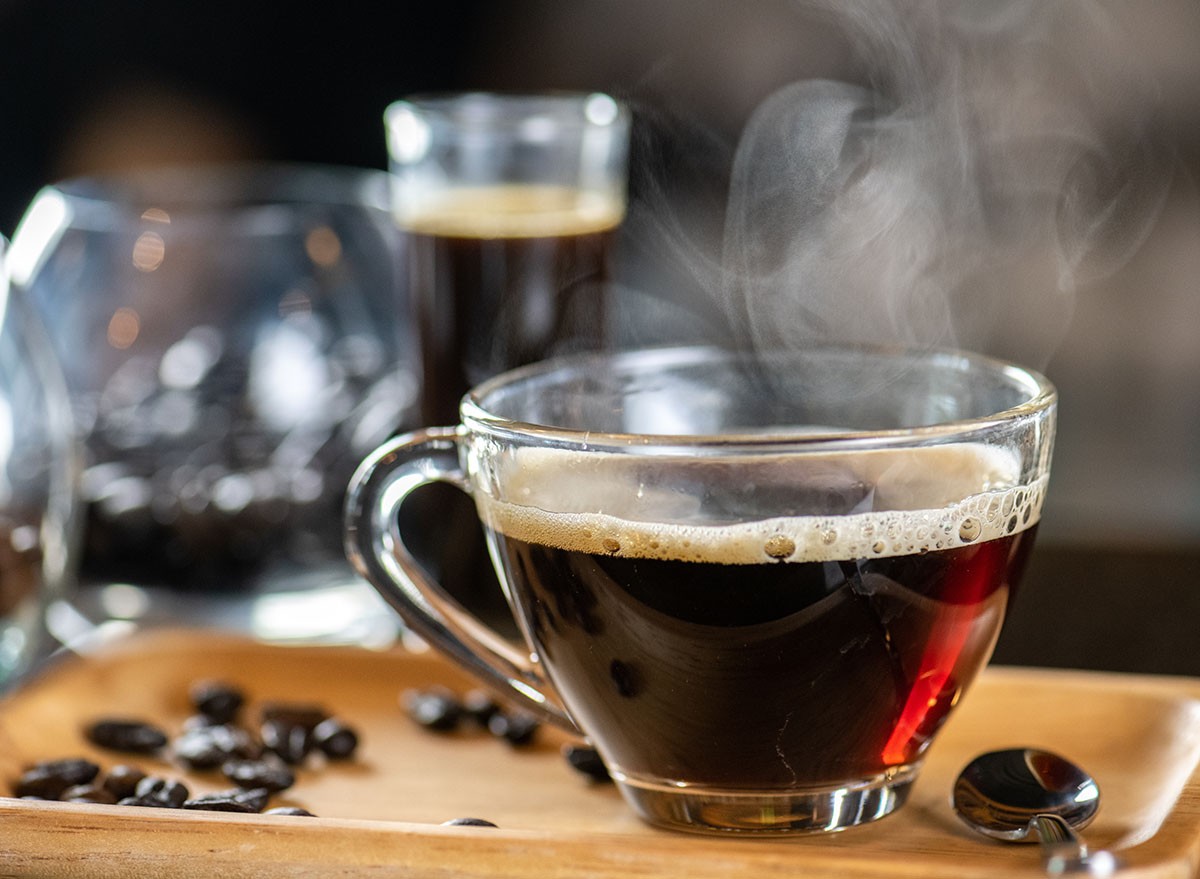
It's okay to drink coffee, but Katie's trainer maintains that if you want to lose weight, you need to do something first. "Protein before caffeine…always," she says.
Visualize and Focus

As for mental weight loss habits, "mindset and motivational podcasts daily" and visualization are crucial. Also, "focus on the day ahead and getting that done rather than the bigger picture. The consistent small actions from one day will add up to something big," she says.
RELATED: 8 High-Protein Foods with Nearly Zero Calories That Melt Fat
Don't Drink Alcohol
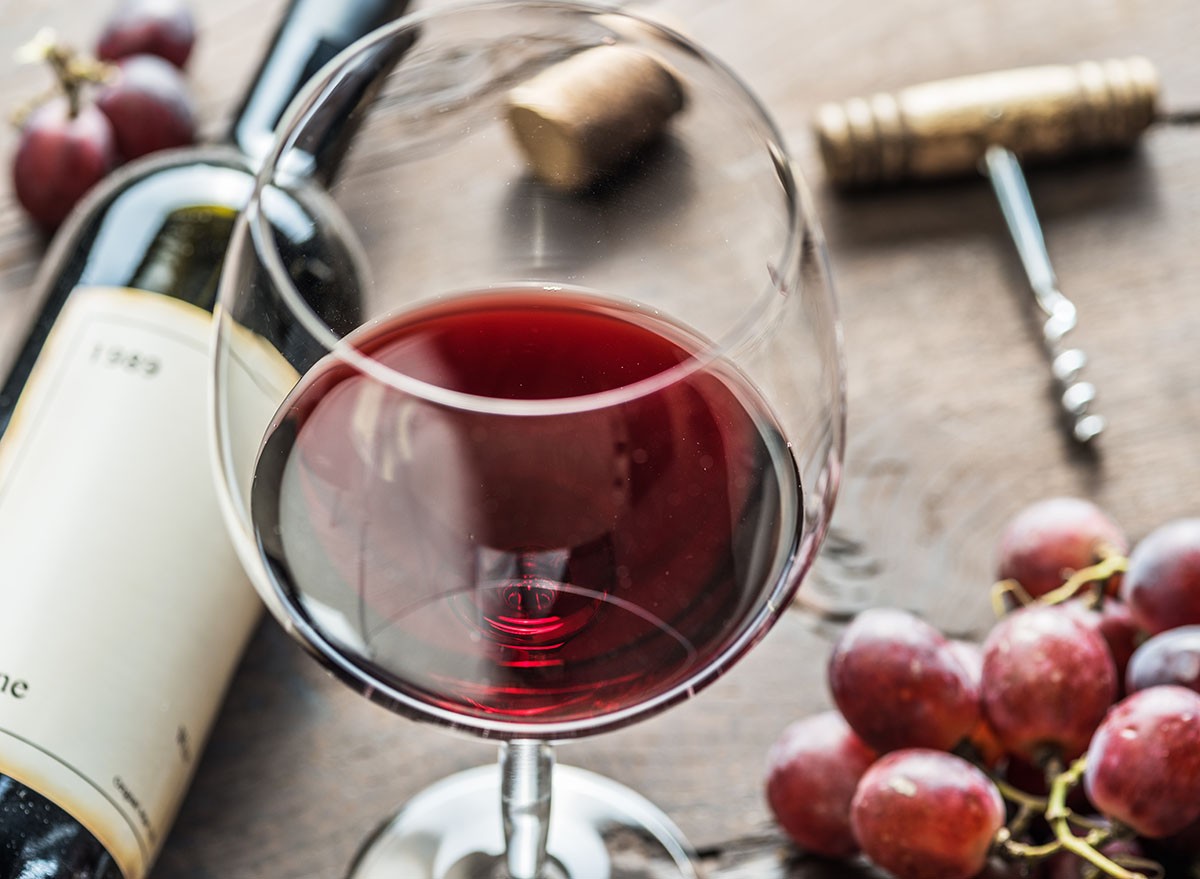
Don't drink your calories. Katie's trainer says to "drop alcohol totally." Not only are most alcoholic drinks high in calories, but when you drink you are less likely to eat healthy food and exercise.
Sleep
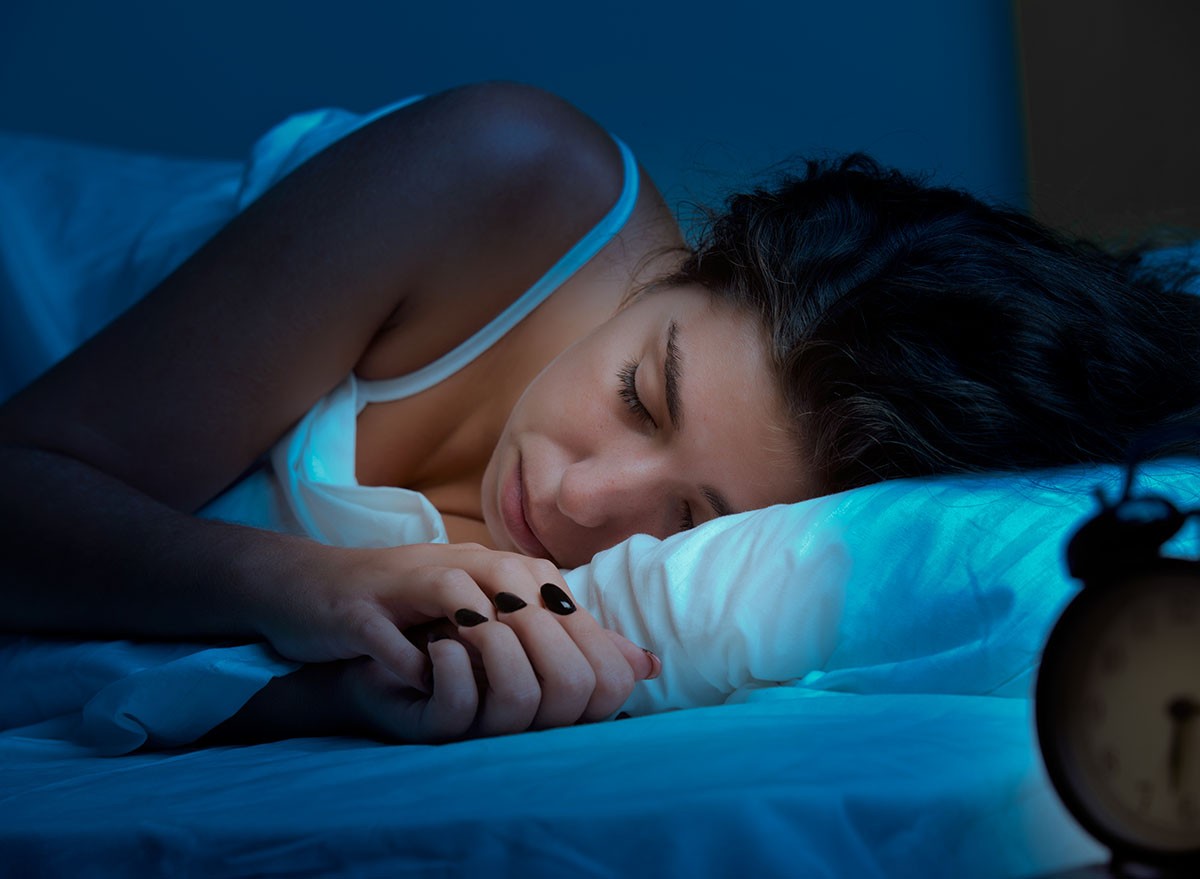
Finally, make sure to allow your body recharging time. "Time to rest and relax is just as important as everything else, make sure you're getting enough sleep and restoration to reduce your cortisol," says Katie.
Katie Lost 4 Pounds in 3 Week
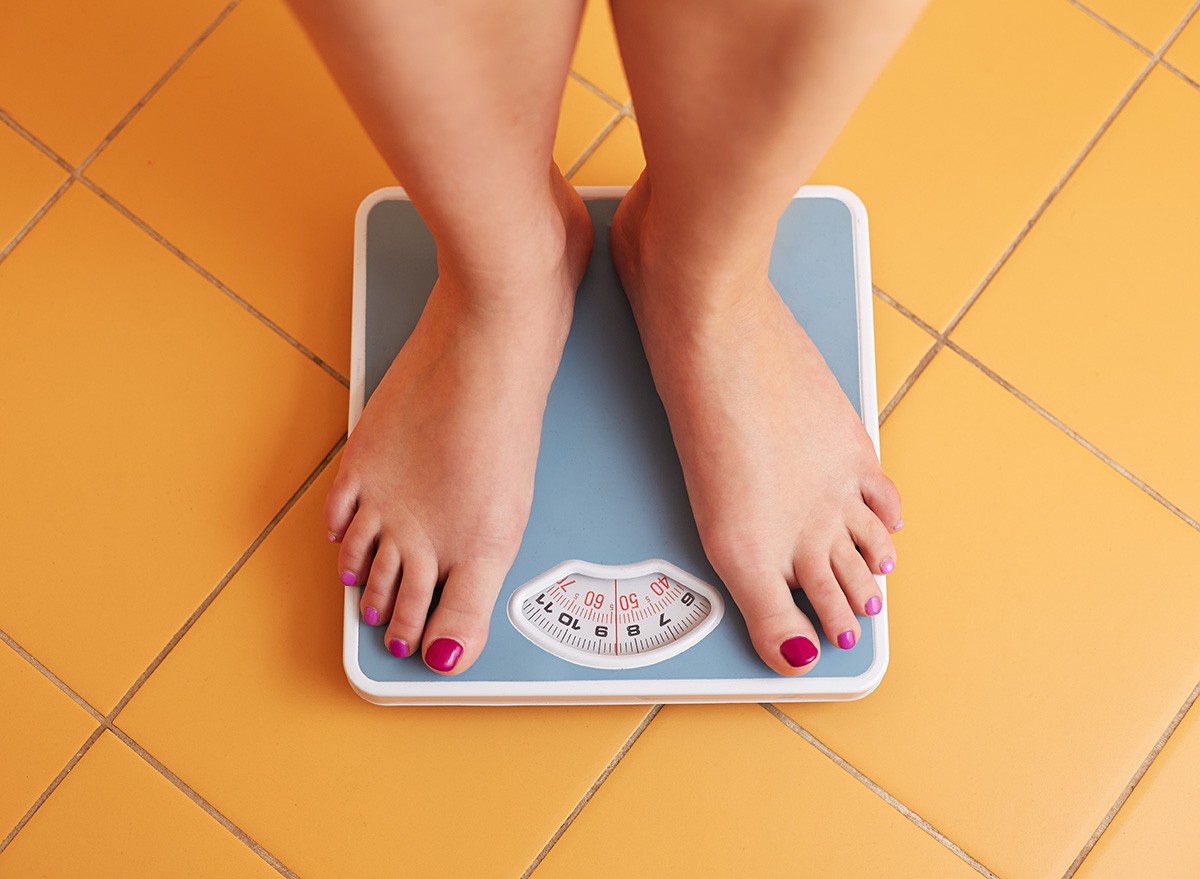
Katie is on her way to achieving her weight loss goals this year. "Let's do it together in 2025. 4 pounds down, 40 to go," she writes. And if you enjoyed this article, take advantage of these 15 Quick Ways to Lose Body Fat Percentage in a Week.




